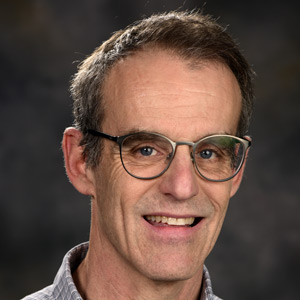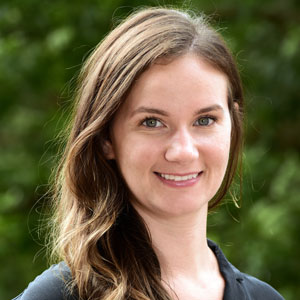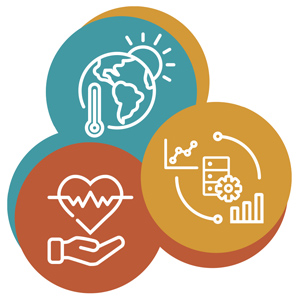By combining data across different projects and disciplines, Superfund Research Program (SRP) scientists will help to answer complex, never-before-answered questions, according to SRP Director William Suk, Ph.D.
 By promoting data sharing, SRP seeks to accelerate scientific discoveries, stimulate new collaborations, and increase scientific transparency and rigor. (Photo courtesy of PopTika / Shutterstock.com)
By promoting data sharing, SRP seeks to accelerate scientific discoveries, stimulate new collaborations, and increase scientific transparency and rigor. (Photo courtesy of PopTika / Shutterstock.com)He spoke May 17 at the launch of a webinar series that showcases how SRP-funded centers are sharing data to address real-world environmental health problems.
“This is an outstanding group of presenters with truly innovative ways of accelerating the translation of data into knowledge that will improve human and environmental health,” said Suk.
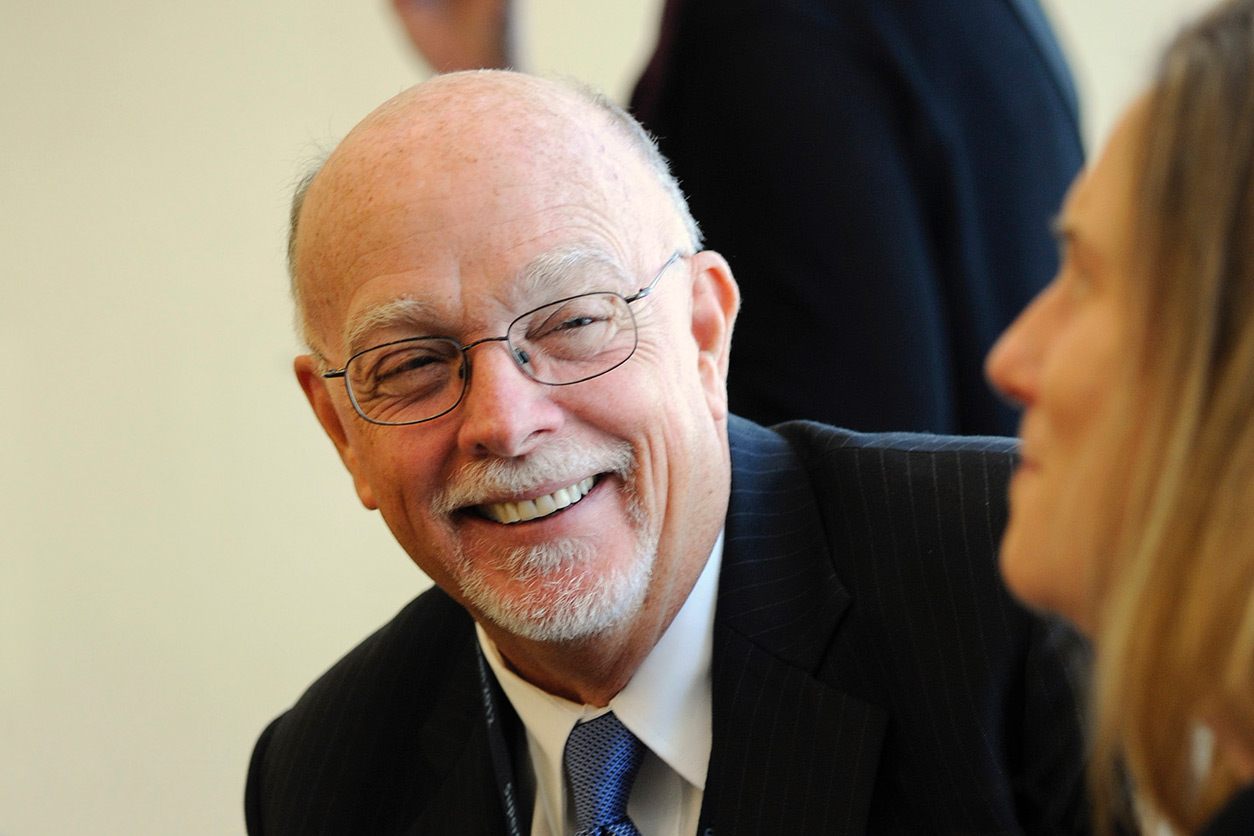 “At SRP, we are engaged in conversations with our grantees on how best to support data science efforts going forward,” said Suk, shown here at the program’s 2012 annual meeting. (Photo courtesy of Steve McCaw / NIEHS)
“At SRP, we are engaged in conversations with our grantees on how best to support data science efforts going forward,” said Suk, shown here at the program’s 2012 annual meeting. (Photo courtesy of Steve McCaw / NIEHS)Data stewardship
The Risk e-Learning webinar series is one of many SRP initiatives designed to enhance data sharing. Last year, for example, the program began requiring each of its newly funded centers to include a Data Management and Analysis Core that provides data science support and infrastructure.
To accelerate scientific discoveries, stimulate new collaborations, and increase research transparency, SRP also created funding supplements for data-sharing projects. The webinar series features several of these initiatives, which Suk said provide lessons for other researchers on the challenges and opportunities associated with data sharing.
A powerful force
Brittany Saleeby described a collaborative effort among Duke University, the U.S. Environmental Protection Agency (EPA), and the University of California at Davis, where she is a trainee. The SRP-funded project is investigating ways to bring together different sources of data resulting from high-resolution mass spectrometry, which is used to analyze the composition of chemicals in environmental samples.
Saleeby said the project is currently focused on identifying the similarities and differences in how the collaborating institutions handle research information so they can make their datasets more compatible and user-friendly.
“If we are able to overcome these interoperability issues we face, this method would become a powerful force to retroactively analyze data from other labs, even if the data were collected hundreds of years ago,” she noted.
The tip of the iceberg
Benjamin Bostick, Ph.D., from Columbia University, and Tracy Punshon, Ph.D., from Dartmouth College, explained how they are developing a database of elemental maps. Those are images showing where certain elements such as calcium and arsenic are distributed throughout model organisms, such as the flowering plant Arabidopsis.
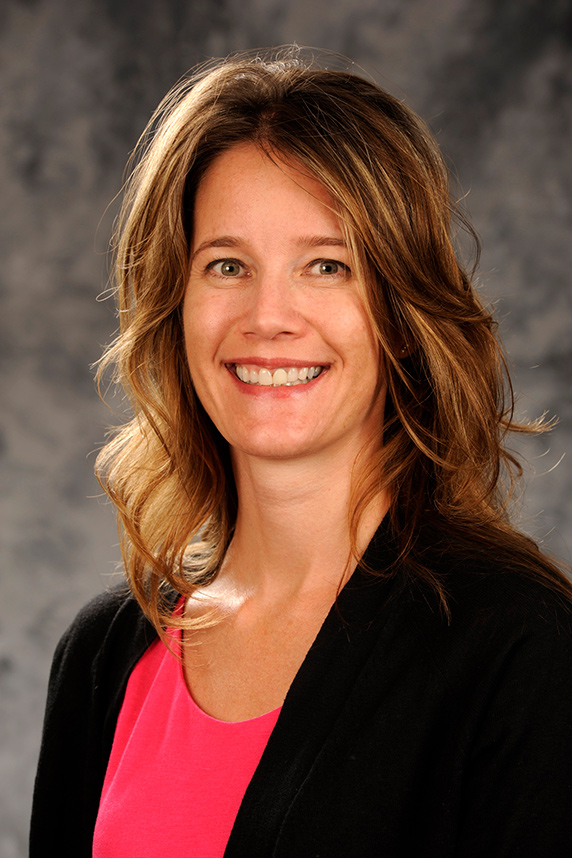 Heacock said SRP is focused on helping grantees both adhere to FAIR Data Principles — findable, accessible, interoperable, and reusable — and collaborate across centers. (Photo courtesy of Steve McCaw / NIEHS)
Heacock said SRP is focused on helping grantees both adhere to FAIR Data Principles — findable, accessible, interoperable, and reusable — and collaborate across centers. (Photo courtesy of Steve McCaw / NIEHS)“What we are publishing is really the tip of the data iceberg,” said Punshon. “This is the kind of data that needs to be archived to make use of its full potential because synchrotron time is very competitive.”
Synchrotrons are huge scientific facilities used to produce elemental maps. Punshon said their project has focused on archiving data collected from multiple synchrotron facilities during the last decade, with the goal of making the information available to the wider scientific community.
“Punshon and the other speakers touched on the importance of tapping into all of the data that’s out there,” said moderator and SRP Health Scientist Administrator Michelle Heacock, Ph.D. “One reason we wanted to host this series is to spread the word about these projects and create opportunities both for networking and building off of what other people have already done.”
Chemical catalogue
In addition to experts from SRP centers, the webinar series also features outside speakers with complementary expertise in data-sharing tools and initiatives.
At the May session, Antony Williams, Ph.D., from EPA, presented the CompTox Chemicals Dashboard, a one-stop shop for chemistry, toxicity, and exposure data for more than 900,000 chemicals. Williams provided a basic overview of the dashboard, its capabilities, and how it can help environmental scientists find relevant data.
(Marla Broadfoot, Ph.D., is a contract writer for the NIEHS Office of Communications and Public Liaison.)





